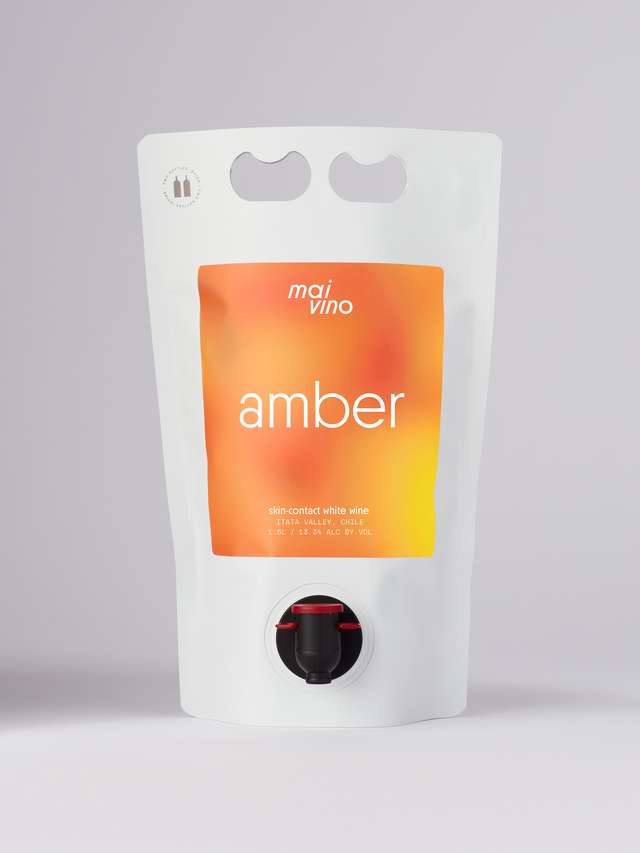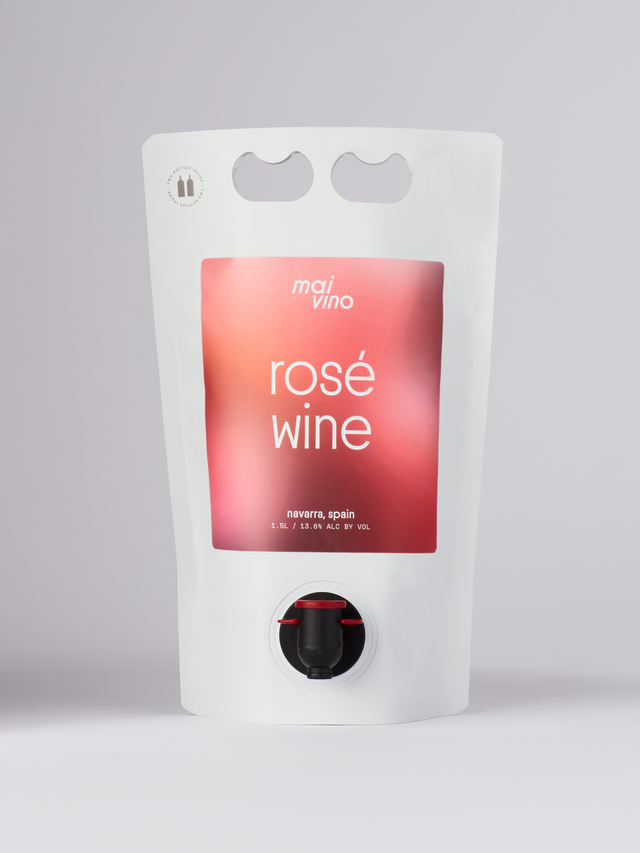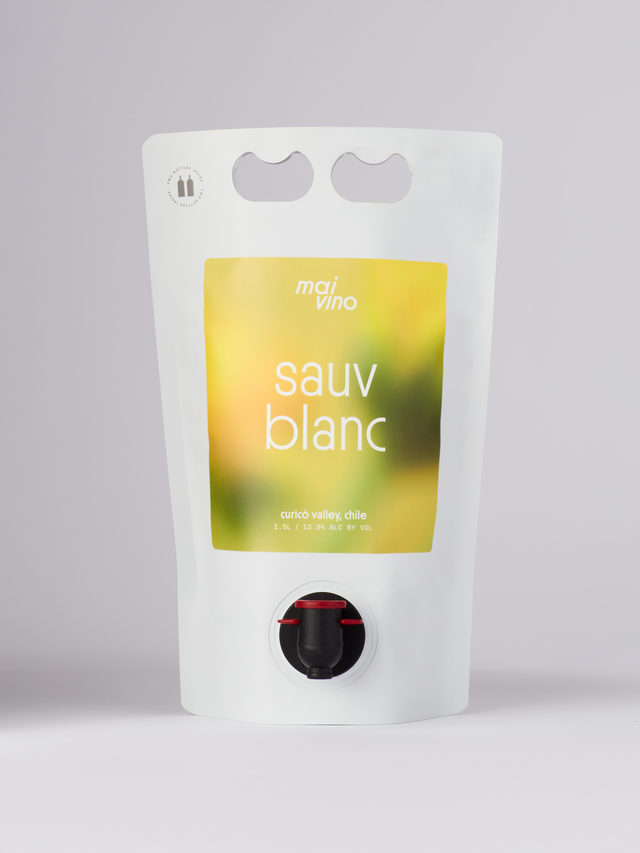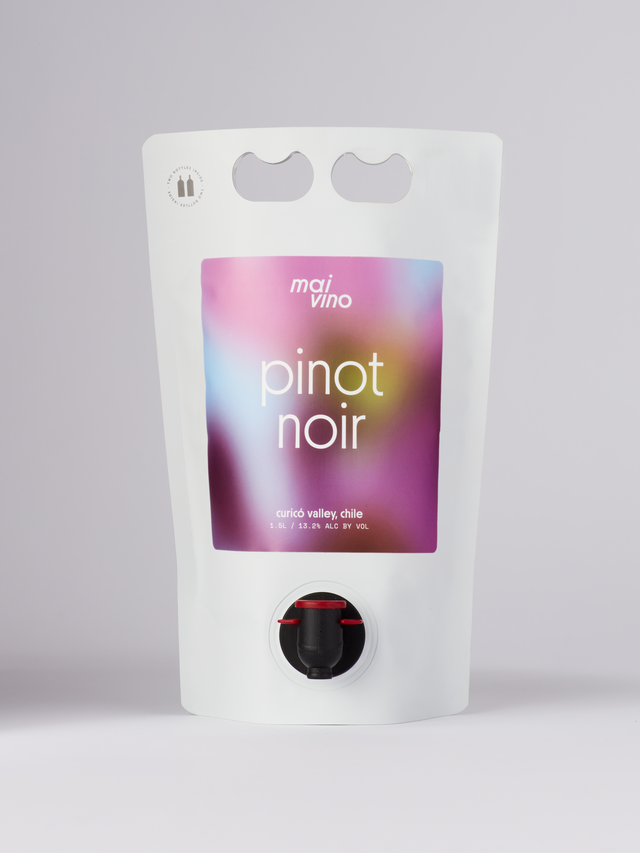Discovering The Joy of Skin Contact Wines
Orange wine isn’t new, especially among biodynamic and natural wine enthusiasts. Also referred to as skin-contact wine, this beautiful and balanced wine is enjoyed by novice and sommelier alike for its bigger body and tannin feel while maintaining the acidity of white wine.
How Skin Contact Wine is Produced
The term “skin contact wine” is a winemaking technique simply meaning the grape juice was left in contact with the grape skins for a period of time, usually at the start of fermentation.
All grape juice is a pale color regardless of the color of the grape skins. So to make white wine, the winemaker would press the grapes and immediately separate the juice from the skins. But if the winemaker wanted to make red wine, they would press red grapes and leave the skins to sit with the juice in a process called maceration.
As the red grape skins will eventually dye the juice red, giving red wine its color, some rosé wines are made the same way., except the skins stay with the juice for a shorter time.
It is also possible to make skin-contact wine with white-skinned grapes. These skin-contact white wines are also called amber wines, but instead of turning the wine red, they adopt an amber or orange hue.
These orange wines are not nearly as popular as the other types of wine, but in the last decade, they have started to gain some popularity, and it is now possible to find them in many specialty wine shops.
What Other Ways Do the Skins Affect the Wine
We’ve already mentioned that grape skins provide pigment to the wine, but they add so much more than that. They also give the wine tannins (aka phenolic grip), aromas, and flavors.
The Origins of Skin Contact Wines
Orange or amber wines' earliest origins were in the countries of Georgia, Slovenia, and Friuli in Northeast Italy. These legacy orange wines are often fermented and aged in an old and traditional Georgian way using large clay pots called qvevri. In Itata, Chile, where Mai Vino’s orange wine can be found, most locals have been drinking orange wines since they started making wine. The reason for this is that white wine technology never made it that far south.
In the last several years, orange wine has expanded into many countries. As demand and interest have increased, more producers have started making these wines. It’s now possible to find orange wines made in France, Australia, the USA, South Africa, Spain, and Chile.
Many different grape varieties are used to produce orange wines, but the most traditional are Pinot Gris/Pinot Grigio, Rkatsiteli, and Ribolla Gialla. Although, more well-known varietals like Sauvignon Blanc, Muscat, Riesling, and occasionally Chardonnay are also used, especially in the regions where orange winemaking is relatively new.
If you are interested in trying a new skin contact wine, we currently have an orange wine from Itata Chile, made from 80-year-old Moscatel vines blended with 10% Semillion.in Chile.
These wines are dry-farmed and hand-harvested. The Moscatel delivers a ripe melon fruit aroma while the Semillion balances it with a beautiful dry minerality.






